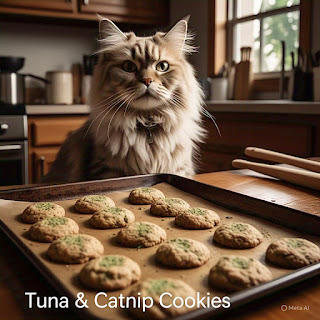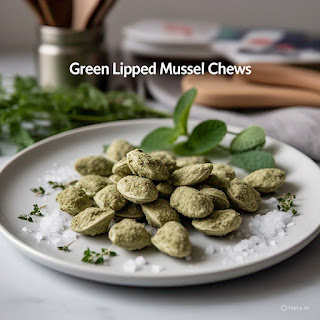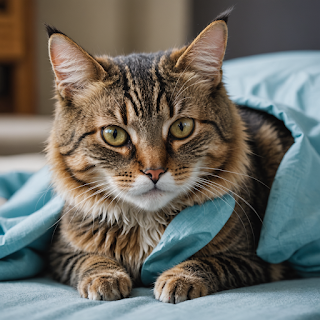Introduction
Imagine owning a cat that looks like a tiny, domesticated tiger but acts like a playful, affectionate house pet. Meet the Toyger cat—a breed designed to mimic the majestic stripes of a wild tiger while boasting the sweet temperament of a loyal companion. With their bold markings, athletic build, and curious personalities, Toygers are quickly becoming one of the most sought-after exotic cat breeds. But how much do you really know about these feline marvels?
In this blog post, we’ll dive into 10 fascinating facts about Toyger cats, from their unique origins to their surprising quirks. Whether you’re a seasoned cat lover or just discovering this breed, prepare to be captivated!
1. They’re Man-Made "Mini Tigers"
Toygers were intentionally bred to resemble tigers. In the 1980s, breeder Judy Sugden crossed a Bengal cat with a striped domestic shorthair to create their signature bold, vertical stripes and circular "rosette" patterns. The goal? To inspire conservation love for wild tigers through their miniature counterparts!
2. Their Stripes Are a Work of Art
Unlike ordinary tabby cats, Toygers have high-contrast, broken stripes that mimic a tiger’s coat. Their fur is short but lush, with a glittery sheen that shimmers in sunlight. The ideal Toyger even has "thumbprint" markings on their ears and white "spotting" on the back of their neck.
3. They’re Dog-Like Companions
Toygers are famously social and trainable. They love playing fetch, walking on leashes, and following their humans around the house. Some even greet guests at the door! Their outgoing nature makes them perfect for families or homes with other pets.
4. They’re Water Babies
Like their Bengal ancestors, many Toygers adore water. Don’t be surprised if yours tries to join you in the shower or splashes in their water bowl. Provide a cat fountain (like this top-rated Amazon option) to keep them entertained and hydrated!
5. They’re Rare (and Pricey)
Toygers are still a developing breed, with fewer than 500 registered globally. This rarity means kittens can cost 5,000+, depending on lineage and markings. Always buy from TICA-registered breeders to ensure ethical practices.
6. They’re Highly Intelligent
These cats thrive on mental stimulation. Puzzle feeders (such as this KONG toy), interactive games, and clicker training keep their sharp minds engaged. Without enough activity, they might redecorate your home with their paws!
7. They’re Surprisingly Low-Maintenance
Despite their exotic looks, Toygers are easy to care for. Their short coat requires weekly brushing (try this slicker brush), and they’re generally healthy with a lifespan of 10–15 years. Regular vet checkups and a high-protein diet are key.
8. They Have a Wild Side
Toygers inherit a love for climbing and exploring. A tall cat tree (like this Amazon Basics model) or wall shelves will satisfy their inner jungle cat. Supervise outdoor adventures—their boldness can lead to mischief!
9. They’re Conservation Ambassadors
Breeders and owners often support tiger conservation efforts. Owning a Toyger isn’t just about having a unique pet—it’s a conversation starter to raise awareness about protecting wild tigers.
10. They’re Instagram Superstars
With their striking looks and photogenic antics, Toygers like @JupiterTheToyger and @ThorTheToyger have amassed millions of followers. Share your Toyger’s adventures with hashtags like #ToygerCat or #MiniTiger to join the community!
Caring for Your Toyger: Quick Tips
Diet: High-quality, protein-rich food.
Enrichment: Rotate toys daily to prevent boredom.
Grooming: Brush weekly to reduce shedding.
Health: Screen for heart issues (HCM) common in Bengal-related breeds.
Where to Find Toyger Cats
Reputable breeders listed on TICA (The International Cat Association).
Rescue groups specializing in exotic breeds (rare but worth checking!).
Final Thoughts
The Toyger cat is more than just a pretty face—it’s a breed that blends wild allure with heart-melting charm. Whether you’re drawn to their tiger-like stripes, dog-like loyalty, or conservation story, these cats offer a truly unique pet experience. Ready to bring home a miniature tiger? Explore ethical breeders, prep your home with climbing towers and interactive toys, and get ready for a lifetime of adventure (and endless Instagram-worthy moments).
P.S. Love exotic cat breeds? Check out our guides to Bengal cats and Savannah cats next!


































